RiverDrums began four years ago on the Wells Street Bridge. This showcase of dance, rhythm, music, poetry, and Fort Wayne’s Native American heritage has happened annually in various locales ever since. It has never been one of Fort Wayne’s higher profile events, which is no knock against it.But things are a little different this year.COVID-19 made mulch of Fort Wayne’s usually durable event schedule, so RiverDrums’ profile has been raised. It happens this year on Sept. 14 at Promenade Park.Doran on DrumsRiverDrums is the handwork of Terry Doran. He said he started RiverDrums to celebrate the city’s multicultural nature.“The idea was to show the best of different cultures,” he said in a phone interview with Whatzup. “And also to show that we’re all one people, one human race. I want RiverDrums to be the antidote to fear and prejudice and hate.”The RiverDrums lineup has always been eclectic, an overused word meaning “surprising in its variety.”During a RiverDrums event, major arts organizations always share the stage with local folk arts groups. People wearing tuxedos might share the stage with people wearing colorful clothing that could be the equivalent of the tuxedo in a non-western culture. This is nothing like that cowboy bar in Blues Brothers that boasted of offering country and western.And it’s nothing like a now-defunct Fort Wayne club where you could hear Nu Metal one night, Rap Metal the next, and Thrash Metal the third.Eclectic is the GenreThe acts performing at RiverDrums bear little resemblance to each other beyond bounteous talent.This year’s RiverDance will feature flautist Ginger Karns, the Fort Wayne Dance Collective’s Pineapple Project, Latinx band KelsiCote, Sweetwater Academy drum instructor Doug Laughlin and his students, Native American flautist Ken Nolland, poet Patty Hunter, belly dancing, Middle Eastern percussion, and fire dancing.The fire dancing will happen after dark. If you know Promenade Park well, you can imagine how spectacular that will look there at that time of the evening. “Doug and a half a dozen drummers will be drumming while the fire dancers dance,” Doran said. “Down by the river under the moon and the stars.”This free event will happen outside unless it rains, he said. The watery contingency plan involves moving inside the pavilion.“The pavilion is limited to 50, so it’ll be a completely different crowd,” he said. “The pavilion’s neat because the big door is like a garage door. It opens and there’s an awning. The performers would still be outside under the awning and the audience would be inside watching them.”Getting the kids involvedRiverDrums is hosted by Doran’s organization, Three Rivers Art Center for Kids.“I have abuse in my family,” he said. “I started it to address the problem of child abuse. We’ve had speakers on the subject and shows. Then it sort of branched out into RiverDrums.”Doran said its his dream to establish a brick-and-mortar home for RiverDrums where kids could come and watch performances. One of the important goals of the RiverDrums event, Doran said, is to give patrons a broader view of various cultures than they get from politicians and pundits who might be inclined to demonize those cultures.Another purpose is to educate people about Fort Wayne’s origins as a village called Kekionga that was populated by the Miami tribe.“I think some people aren’t even aware that Fort Wayne was once named Kekionga,” Doran said. “It will be a short tribute.”Doran once interviewed Helen Tanner, author of Atlas of Great Lakes Indian History, and she related a tale that has always stayed with him. When the first French fur traders arrived in Kekionga, Tanner told Doran, they wondered where the jail, police, and courts were.“There wasn’t any of that because they took care of each other,” he said.
Fest’s rising profile at Promenade Park
Dance, music, and poetry featured at Monday event
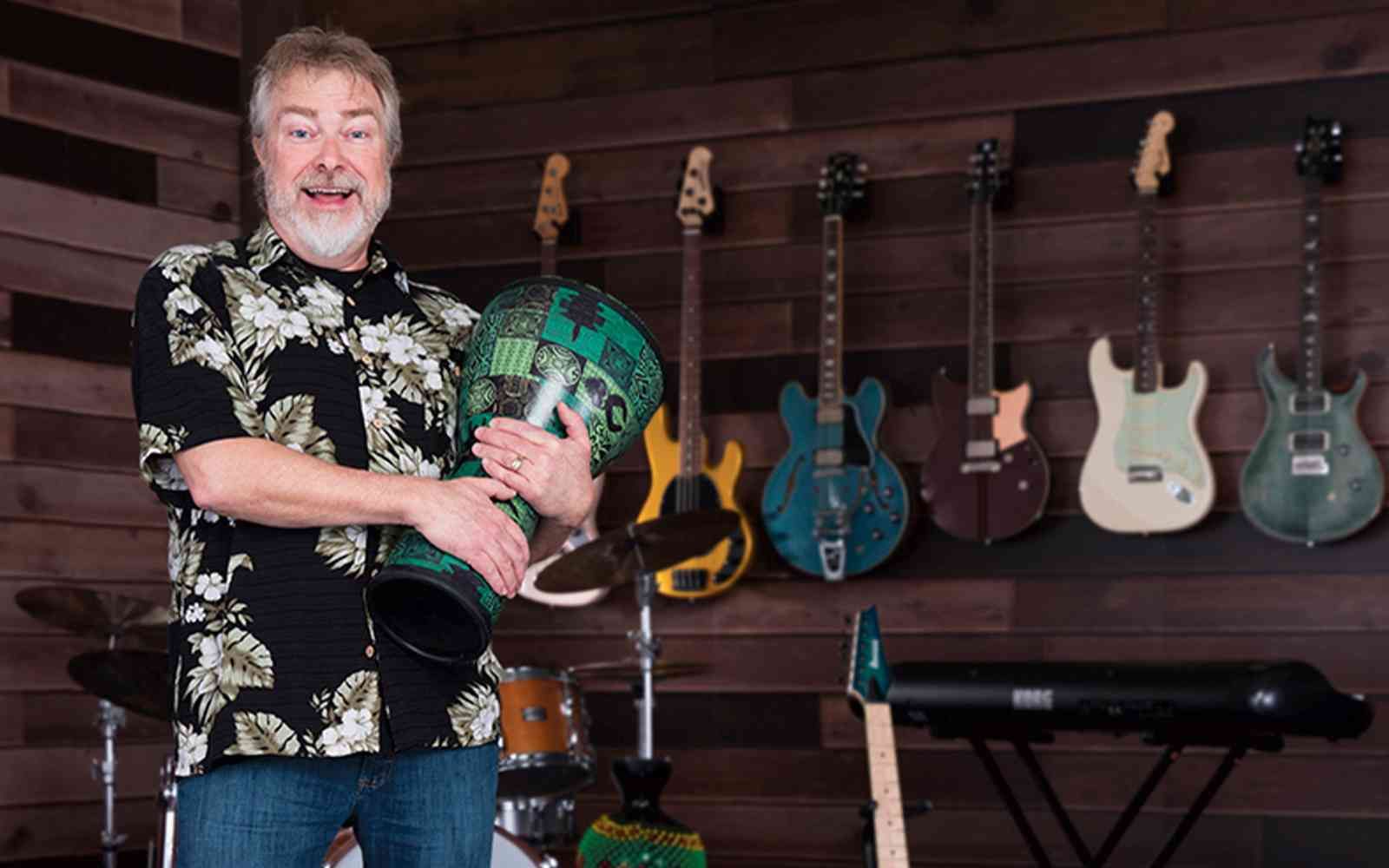
More articles
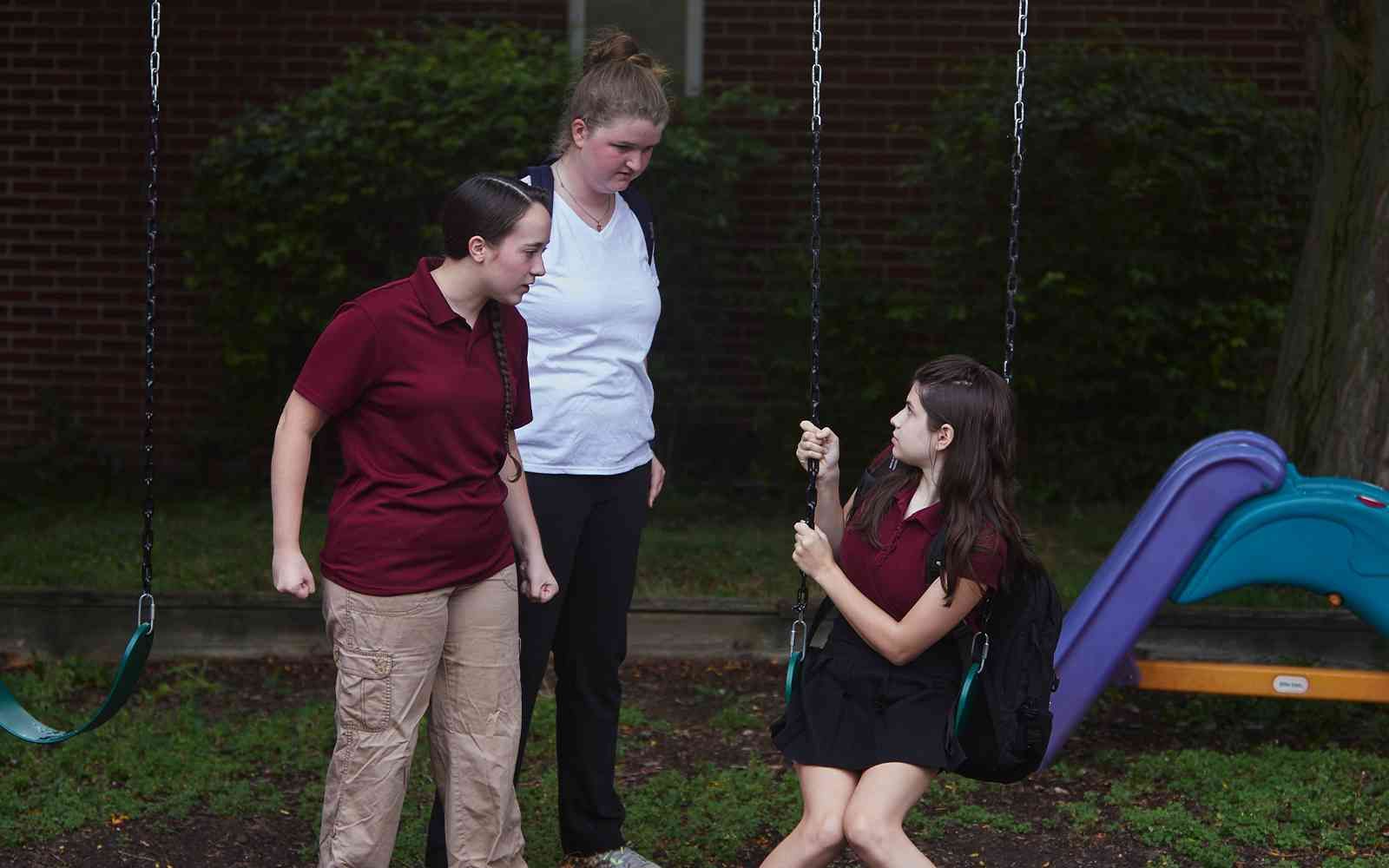
all for One addresses children’s anxieties in new stageplay
The opening production of all for One’s 2020-21 season, The Dreadful Journal of Phoebe Weems, had a relatively long history before its upcoming debut, with public readings and input.But although […]
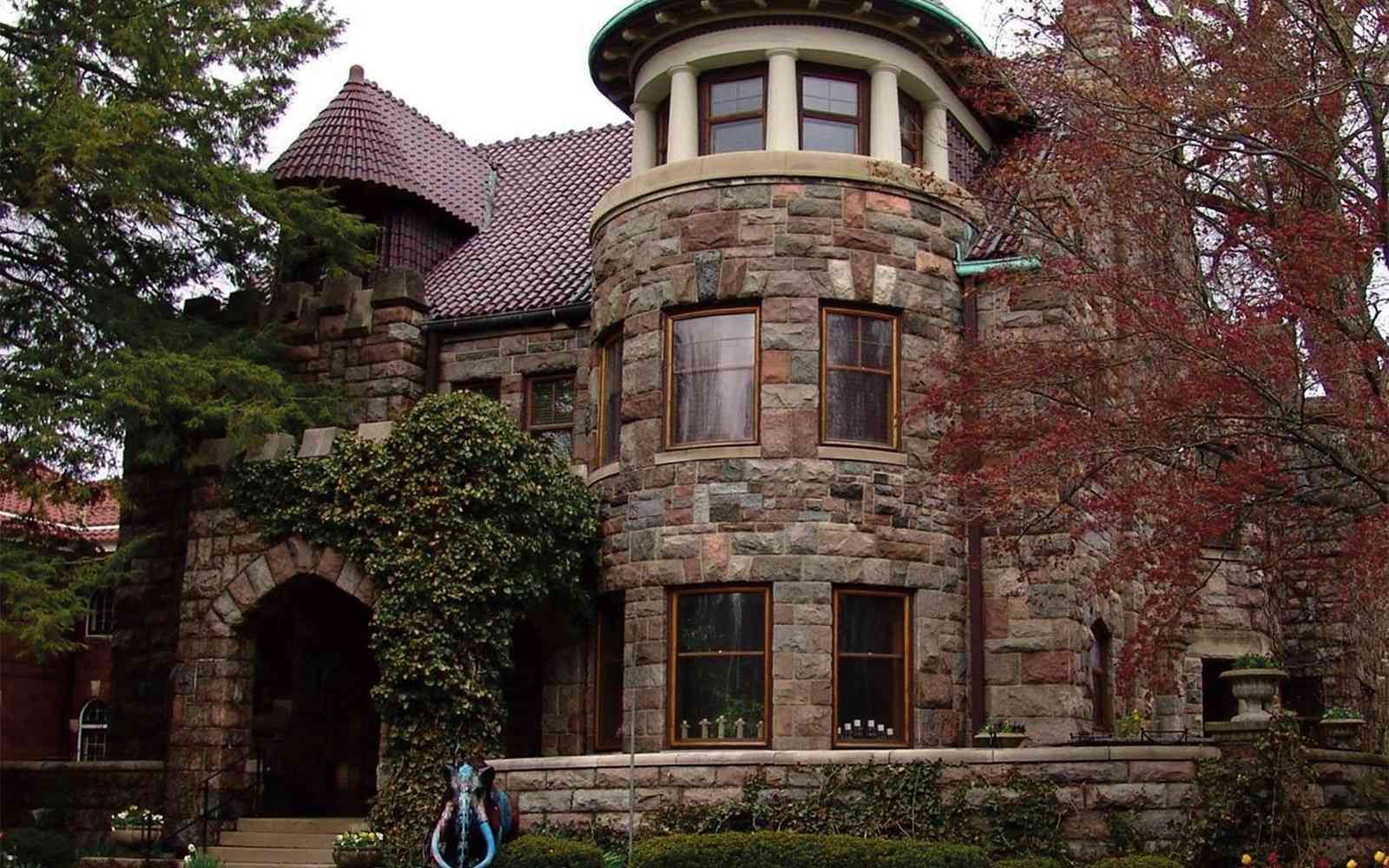
Castle Gallery is selling its West Central building
Some sad news for local art lovers and fans of Jody Hemphill Smith and her husband Mark Paul Smith: The couple has decided to sell Castle Gallery, their professional and […]
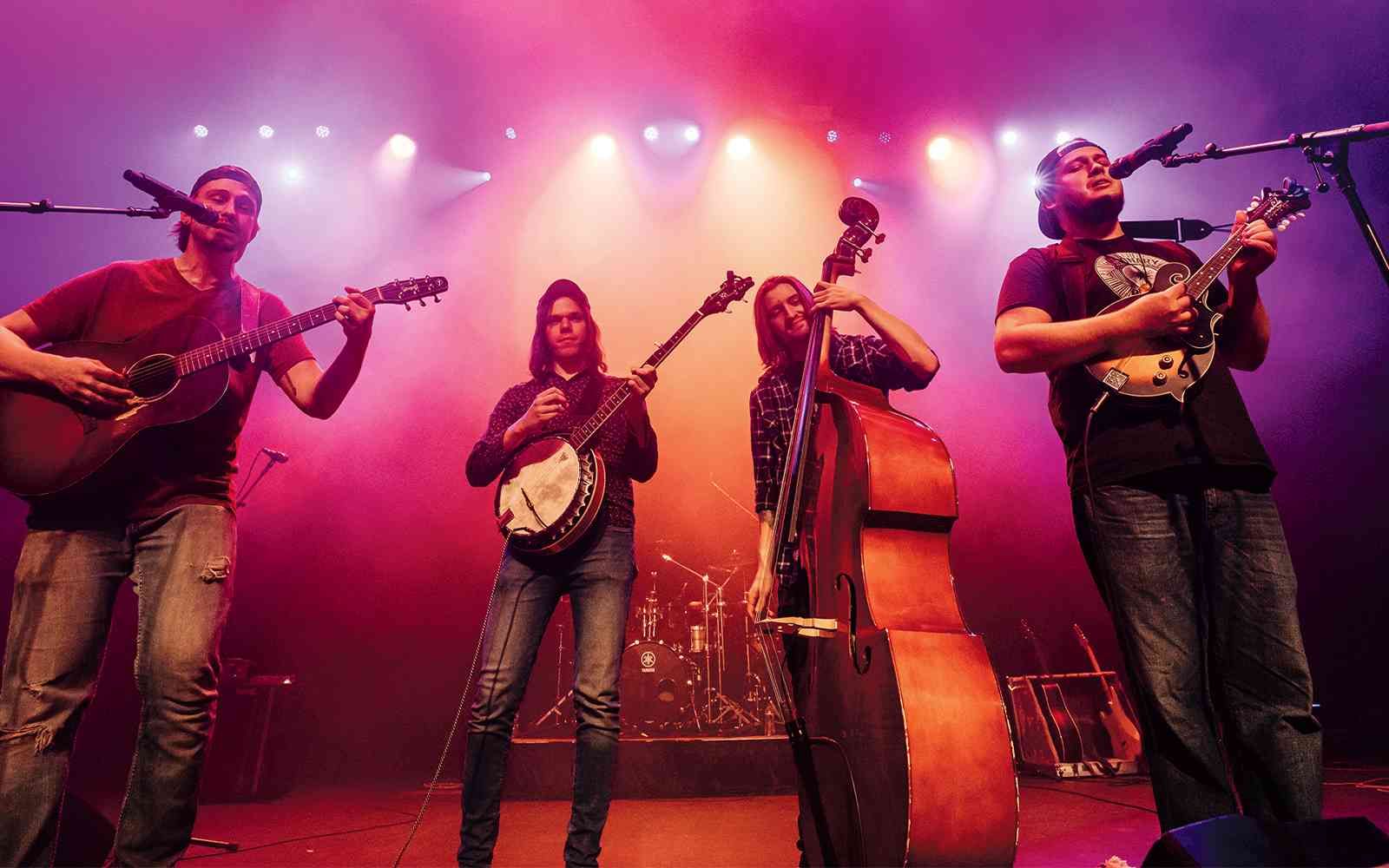
Debutants’ Americana to light up orchard
Back by popular demand, the Debutants will return to Ambrosia Orchard, Cidery & Meadery on Friday, Sept. 18, from 7-9 p.m. Ambrosia Orchard is south of Fort Wayne on U.S. […]
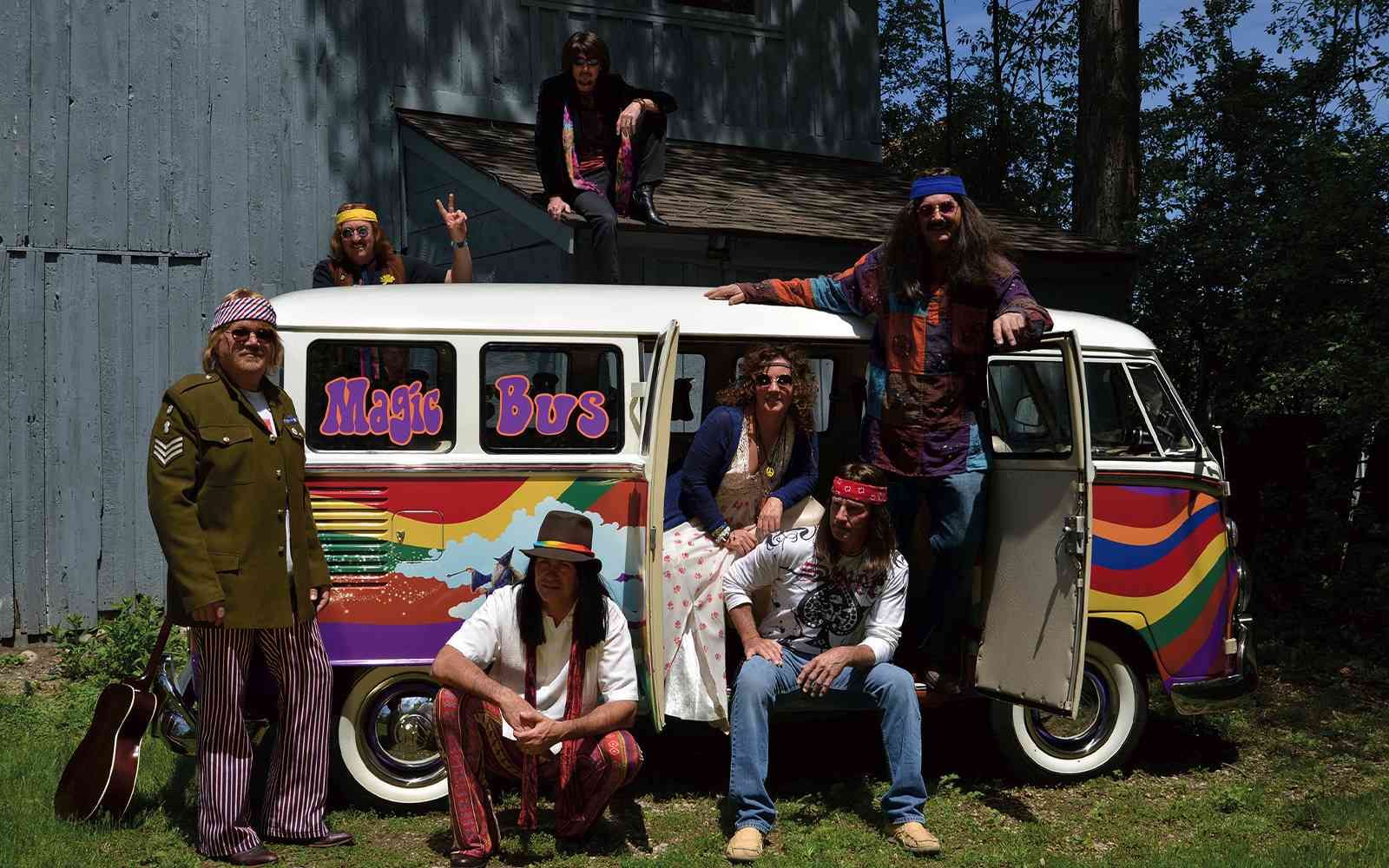
Groovy band casts a spell on ‘hippies’ at Buck Lake
The phrase “magic bus” refers either to the 1968 song by the rock group The Who (it’s about a guy who haggles to buy a city bus so he can […]
 Submit Your Event
Submit Your Event